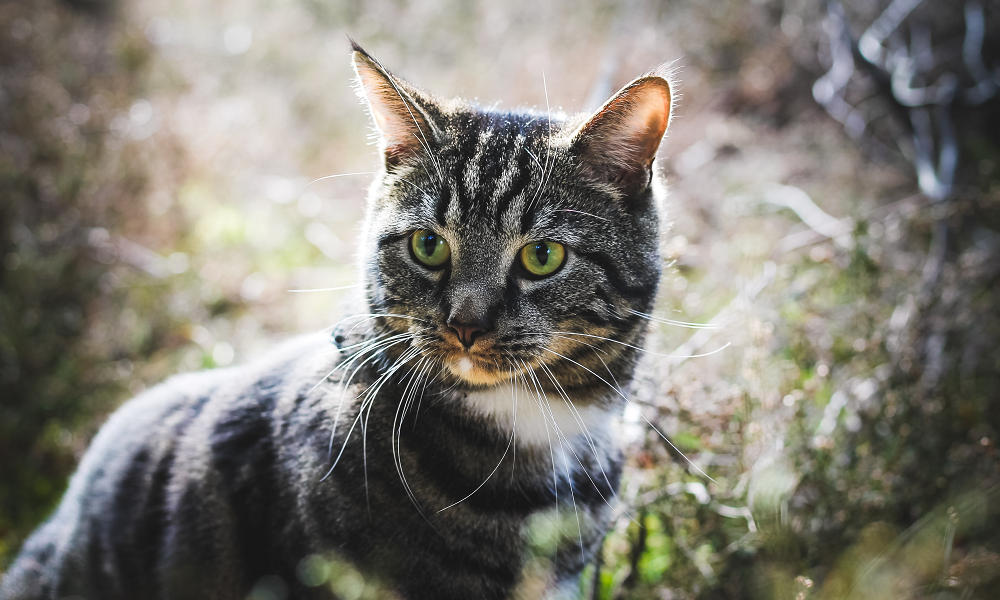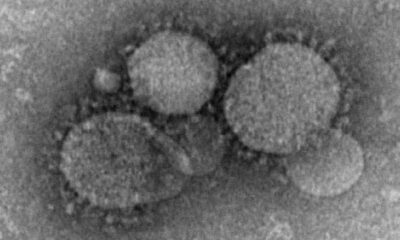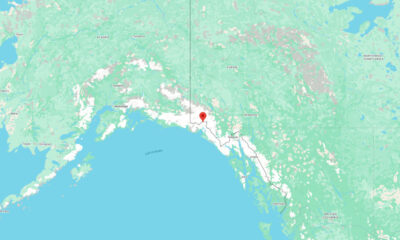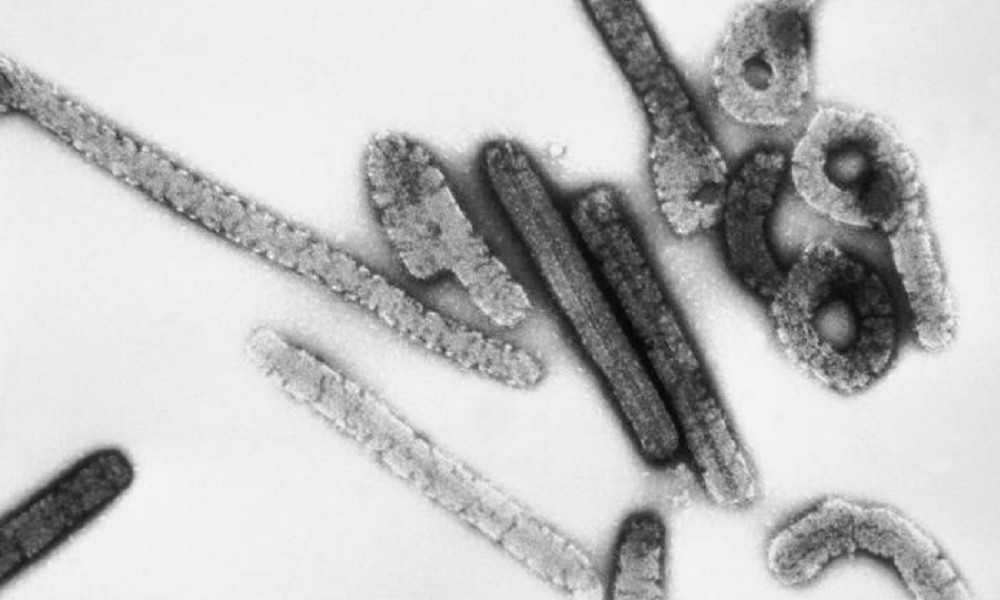US News
3 cats in the U.S. test positive for H5N1 bird flu

Three domestic cats in the U.S. – two in Nebraska and one in Wyoming – have recently tested positive for H5N1 avian influenza after eating wild birds, scientists say. A dog in Canada died of bird flu last week.
In Wyoming, the State Veterinary Laboratory said in a brief statement that a barn cat tested positive for bird flu near Thermopolis, a small town in Hot Springs County, about 110 miles southeast of Casper.
“This is the first report of HPAI (highly pathogenic avian influenza) in a domestic cat in Wyoming, and it likely became infected from ingesting meat from wild waterfowl,” the lab’s statement said. The cat later died.
Dr. Myrna Miller, the lab’s supervisor of virology, said that in addiction to the infected cat, several semi-feral cats and skunks were recently found dead at or near the property. The other animals have not been tested.
After a previous version of this article was published on Thursday night, Dr. Miller informed BNO News about a recent case in Nebraska where two domestic cats had also tested positive for H5N1.
Dr. Sarah Sillman, from the University of Nebraska’s Veterinary Diagnostic Center, wrote in a case report that two domestic cats died in January after being infected with bird flu, presumably from predation of wild birds.
The first cat in Nebraska died after experiencing a “rapid decline” in health with multiple symptoms, including weight loss, fever, seizures, tremors and loss of proprioception.
“The PCR Ct value for avian influenza in the brain of this cat was remarkably low (12), indicating a very large amount of virus in the brain, as consistent with an acute infection,” Dr. Sillman wrote.
Three other cats in the household were considered to be at risk of bird flu and one of them developed symptoms shortly after the first affected cat.
“The cat was described as somnolent and had episodes of walking in circles,” Dr. Sillman wrote. “The cat was responsive to stimuli and seemed to eat and drink normally. It lived 10 days with neurologic impairment, when the cat suddenly became laterally recumbent with continual tremors, necessitating euthanasia.”
A necropsy found major lesions only in the brain of the second cat and a test was positive for H5N1, Dr. Sillman said. The other two cats in the household did not develop symptoms and both tested negative for the virus.
“It is presumed that the two cats described here became infected from predation of wild birds infected with the virus given the circumstances of the case,” Dr. Sillman said. “Keeping cats indoors to prevent wild bird contact – particularly given the context of the current HPAI outbreak – and avoiding feeding uncooked poultry are recommendations to minimize risk of H5N1 infection.”
It’s believed to be the first time that cats in the U.S. have been infected with the new strain of H5N1, which emerged in late 2021. In December, a cat living near a duck farm in southern France also tested positive for H5N1. The cat became severely ill and had to be euthanised.
Earlier this week, the Canadian Public Health Agency confirmed that a dog in Ontario had died of H5N1 after chewing on a dead goose. It was the first time a dog tested positive for the new strain of the virus.
In addition to the cat, Wyoming also reported that four mountain lions and a fox have recently died of bird flu.
The global spread of H5N1 clade 2.3.4.4b – and the recent spread to a growing number of mammals – has raised concern about the possibility of a future variant which could lead to human-to-human transmission. So far, only a few human cases have been found after contact with infected birds.
“The global H5N1 situation is worrying given the wide spread of the virus in birds around the world and the increasing reports of cases in mammals, including in humans,” Dr. Sylvie Briand, a WHO official, said on February 24. “WHO takes the risk from this virus seriously and urges heightened vigilance from all countries.”
Editor’s Note: This article was updated on April 9, 2023, to confirm that the cat in Wyoming has also died.

-

 Health4 days ago
Health4 days agoFrance confirms 2 MERS coronavirus cases in returning travelers
-

 Health6 days ago
Health6 days ago8 kittens die of H5N1 bird flu in the Netherlands
-

 Entertainment4 days ago
Entertainment4 days agoJoey Valence & Brae criticize DHS over unauthorized use of their music
-

 Legal1 week ago
Legal1 week ago15 people shot, 4 killed, at birthday party in Stockton, California
-

 US News6 days ago
US News6 days agoFire breaks out at Raleigh Convention Center in North Carolina
-

 US News1 day ago
US News1 day agoMagnitude 7.0 earthquake strikes near Alaska–Canada border
-

 Health5 days ago
Health5 days agoEthiopia reports new case in Marburg virus outbreak
-

 Legal3 days ago
Legal3 days agoWoman detained after firing gun outside Los Angeles County Museum of Art




